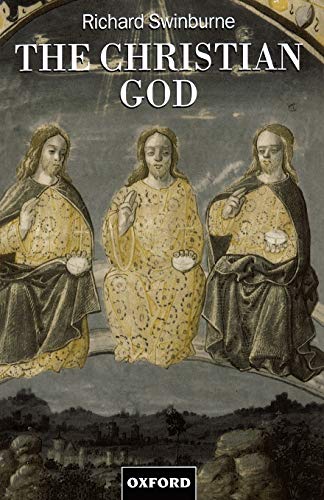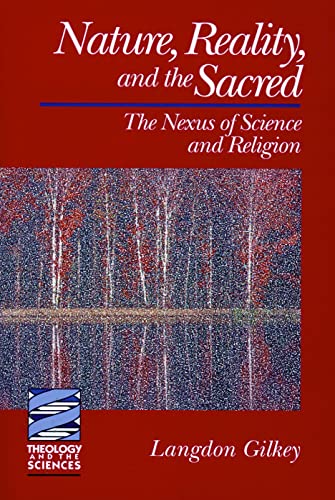‘The Book of the Covenant’; A Literary Approach (JSOTSS 174)
Written by Joe M. Sprinkle Reviewed By T.D. AlexanderSource-and form-critical studies of the ‘Book of the Covenant’ have generally concluded that the material in Exodus 21:2–22:16, in total or in part, first existed as a collection of case laws used in Israelite, or even Canaanite, law courts. Later this material was taken over and incorporated into one of the sources used to compose the book of Exodus. It is also maintained that this original collection of laws was supplemented by the addition of other material, an observation supported, so it is argued, by the presence of inconsistencies between the original material and later additions (e.g. the original case laws were formulated using the third person; some later additions use the second person) and/or the unnecessary separation of apparently connected laws (e.g. regulations concerning an open pit (21:33–34) interrupt laws dealing with goring oxen (21:28–32, 35–36)). In the light of these factors many scholars dismiss as fiction the idea that the Book of the Covenant was divinely given to the Israelites at Mount Sinai.
In contrast to source-orientated investigations of the Book of the Covenant, Sprinkle’s study is discourse-orientated. He adopts such an approach in order to demonstrate that Exodus 20:22–23:19 is not only a skilfully produced literary unit, but also an integral part of the Pentateuch as a whole. As a result much of this volume involves a detailed exegesis of the text, showing that elements often considered to be later additions are best understood as essential and original components of the Book of the Covenant. Complementing this, Sprinkle also argues that while form critics have assumed that much of 20:22–23:19 originated as a collection of casuistic laws, a closer examination of these ‘laws’ suggests that they do not derive from a law-court setting. Although Sprinkle does not address directly the question of the true origin of the material in 20:22–23:19, his study goes some way towards affirming the possible reliability of the biblical account.
While Sprinkle argues his case well and his overall conclusions are to be welcomed, parts of his work demand careful scrutiny. For example, doubts must be raised regarding his suggestion that ‘the Decalogue and 20:22–23:19 can be regarded as an instance of resumptive repetition in which YHWH’s message to Moses on Sinai is in expanded form in 20:22–23:19’ (pp. 196–7). While Sprinkle seems to remove chronological difficulties arising in chapter 19, his solution fails to account for the fact that the Decalogue and the Book of the Covenant are assumed by the author of Exodus to be two distinct documents, the former being of greater authority, hence its later inscription in stone (cf. Ex. 34:1). On the basis of Sprinkle’s proposal it is difficult to see how this distinction could have arisen.
In spite of some shortcomings this is an important study. While Sprinkle’s explanations of various features of the text may not convince ardent supporters of source-orientated methodologies, his discussion as a whole challenges many accepted ideas. In the light of this the time is surely ripe for a thorough re-evaluation of the origin and redactional history of Exodus 20:22–23:19.
T.D. Alexander
The Queen’s University of Belfast







